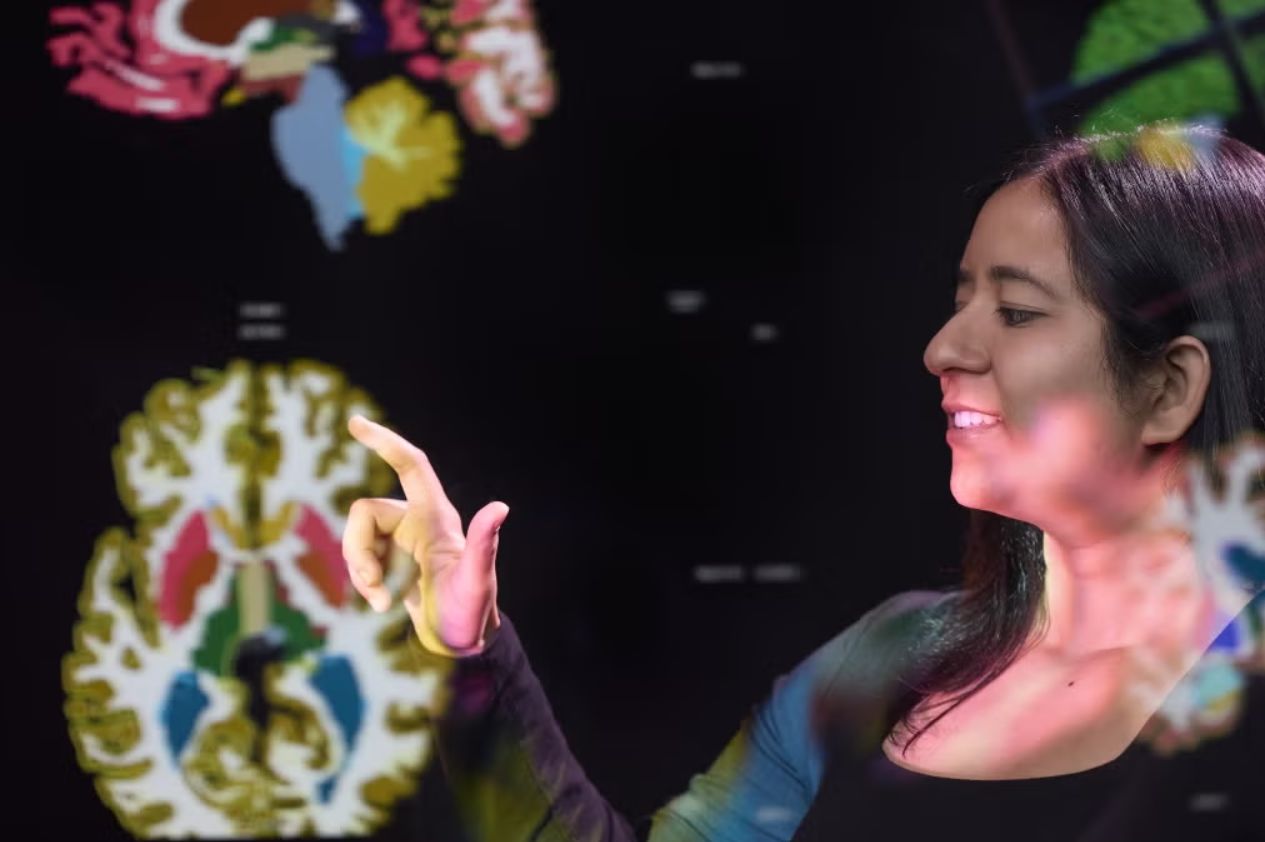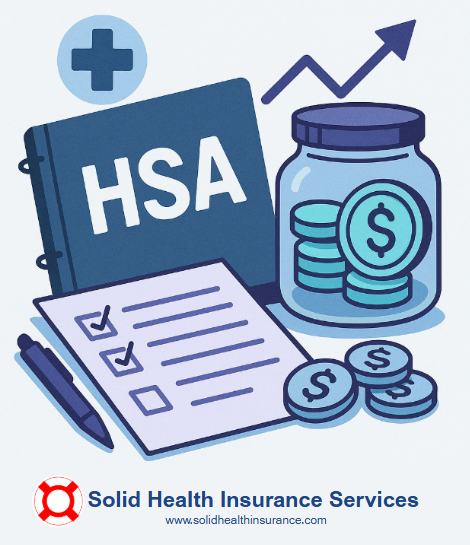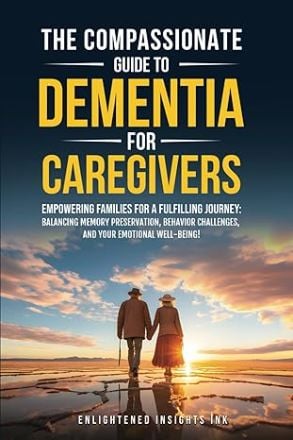Music Therapy for Anxiety & Depression
Written by Mateusz Walczak
Claude Debussy once said that music begins when language ends. Being a great and unique composer who created many amazingly colorful pieces of music, he understood that music is an element of itself that is not bound by linguistic barriers, nor can it be locked into a box with its definition.
Music breaches physical and metaphysical realms. Thus, it can be used to complete voids inside oneself and give a deeper connection to one’s emotionality and subconscious, which can help a person live a happy, peaceful and more fulfilling and complete life.
With that in mind, we can clearly see the great potential of music as a therapy tool, especially in anxiety, depression, and panic disorders.
A few words on relaxation
New studies on sleep show that people suffering from anxiety and depression dream up to three times more than people without those disorders.
As you probably know, anxiety and depression make us overthink. Negative rumination and introspection produce stress hormones that flood our bodies. These thoughts are usually not resolved during the day, and we are locked inside the cycle of worry.
After the day is over and we head over to sleep, our brain tries to make sense of all that and resolve that emotional arousal during the REM phase – the phase where dreaming occurs.
When we dream, we again become emotionally aroused. So if there is too much arousal during the day, your brain cannot catch up, and then you wake up exhausted, your serotonin levels are depleted, and then you start ruminating. And the circle begins again.
With that in mind, it’s easy to conclude that we need to break that mad circle as often as possible. Here comes relaxation (amongst other things like physical exercise and therapy, for example).
The idea is simple – we need to relax as often and as deeply as we can to help our brain deal with all that tension. The more we consciously relax during the day, the more “buffer” our brain has to resolve leftover bad emotions and flush out all of that negativity away so we can reach deep sleep phase (that happens after REM) where biological recovery happens.
You can read more about over-dreaming here.
As mentioned at the beginning, music goes beyond words as it affects us directly on many levels of our existence and is the perfect tool to facilitate relaxation.
About Me
My name is Matt, and I have been struggling with anxiety and depression my whole life. I’ve made great progress throughout the years and can live a stable and happy life now.
Many things helped me, including therapy, people, and medication. Still, today I want to focus on a less mainstream method of dealing with those disorders hinted above: therapeutic music as a tool for relaxation.
You see, I am a musician myself, and music plays a huge part in my life. I went to music school as a kid and studied classical piano and theory. After that, I graduated from college, majoring in film music and audio engineering. I always liked to listen to music, but I also loved to compose and create myself.
During my darkest times (without yet knowing the power of relaxation), I remember browsing YouTube and stumbling upon videos featuring relaxing music, and I was instantly hooked. Every time I was getting worse, I would lay down, put my headphones on, and try to relax to that music, and it was amazing what that has done to me.
Later I discovered the study of over-dreaming and breaking the circle of worry, and everything made sense.
The only problem I encountered during that time was that not all of that music had the same effect. There was only a handful of videos geared specifically to help relieve anxiety and/or depression symptoms.
There is an abundance of relaxing music on YouTube, but almost all of it tries to be a jack of all trades.
Let me explain. If you search for the term “relaxing music,” you will see titles like “relaxing music for anxiety, sleep, yoga, focus,” etc., and that is the problem – something that is created for sleep or focus won’t necessarily work for a panic attack.
Music composition that tries to relieve anxiety needs to be tailored to anxiety, music to help you sleep needs to be tailored to sleep, etc. Doing a mishmash won’t work because it uses too much or too little of specific stimuli (melody, frequency tempo, key, etc.) that work for one thing but not the other.
To simplify that even more, think If we would only have one music genre – that would be devastating. Different genres and music forms evoke different emotions and thoughts and put us in different states of mind – and going deeper now – different sounds, instruments, melodies, harmonies, etc. have a different effect on our brain.
Having said that, one needs to look for music that is specifically geared toward panic attack relief or prevention.
Being a musician with a professional background, I quickly discovered what elements work for a given condition. After exploring the world of relaxing music for a while, I promised myself that once I get better, I will start composing therapeutic music myself to help other people struggling with those terrible disorders that can steal everything from you.
I suffered enough myself and thought that if my music can help somebody, then was worth my time and effort to create something.
After I really got better, I kind of forgot about that idea. I got a new great job and picked up mountain biking again. One day doing some spring cleaning inside my laptop, I found my old folder named “D” (depression) in which I stored all of the helpful resources, including music therapy research, and the idea of creating therapeutic music came back to me again, and I decided that it is time to do something about it and after a while there I was Infront of my audio workstation with a trusty piano on the side diving into the depths of a plethora of musical resources I gathered throughout the years and started putting things together – testing and improving, experimenting and confirming or getting rid of faulty elements.
After I established a good workflow, I looked at YouTube again, created a profile, and uploaded my first composition. And The Gateway Productions was born – first (to the best of my knowledge) YouTube channel with therapeutic music geared specifically towards anxiety and depression.

Art For The Angsty Soul
by Lindsey | November 22, 2020 | Angsty Tales | 0 Comments
Art For The Angsty Soul Anxiety has been a part of my life for as long as I can remember. As far back as my memories go, it’s always been there. Even as I write this blog post, I can feel it stirring around inside, waiting for the next shoe to drop. I always get... Read More
How To Paint Evening Blossoms – Angsty Art Tutorials
by Lindsey | October 4, 2020 | Angsty Art | 0 Comments
How to Paint Evening Blossoms Beginners can easily learn how to paint Evening Blossoms, our latest installment in our Angsty Art Tutorial series! Evening Blossoms was done on an 11x14 Stretched Canvas using acrylic paints. The beautiful sunset painting has a... Read More
Relieve Anxiety By Redecorating Your Space
by Lindsey | August 27, 2020 | Angsty Tales | 0 Comments
So we are now on Week 9000 of this COVID-19 pandemic, and the need to relieve anxiety is paramount. I just can't anymore, so here I am writing this blog post. This photo was taken on the day I decided to do something about the chronic stress and anxiety that plagued... Read More
Autism Journey & Struggles With Anxiety
by Lindsey | August 15, 2020 | Angsty Bunch, Angsty Tales | 0 Comments
Autism was a foreign concept to our family until our son, Connor Lee (CL), went to his 12-month checkup back in 2015. CL has always been an extraordinary individual and continues to confound us. CL's Beginnings From the time he was 4 months old, CL slept through the... Read More
Tackling Anxiety One Painting At A Time
by Lindsey | August 9, 2020 | Angsty Tales | 0 Comments
"Welp, here we go" is how I used to start my mornings. I woke up at 5:30 am every morning and drove to my teaching job that was hours away from home. Don't get me wrong, I loved teaching science to my middle schoolers. But I realized I gave more of myself to my... Read MoreThe process
As time passed by, I added more videos and categorized them. The main content is created towards relieving anxiety, but I also upload videos for stress relief and general relaxation. Each music video is geared specifically towards each condition and uses only proven musical methods that include:
Choosing the correct key – different musical keys evoke different emotional states. The first scholarly notion introduced by German composer and theorist John Mattheson and then rediscovered and translated by Rita Steblin in her book A History of Key Characteristics in the 18th and Early 19th Centuries in 1983.
Choosing the right scale – two main scales widely used in all music would be Major and Minor. However, venturing into other scales like Lydian or Phrygian can bring interesting results when implemented in music. For example, in film music, when we see something magnificent, out of this world, or victorious, we can often hear the use of the Lydian scale that evokes that emotion of excitement in us.
Choosing melody or lack of it – yes, the melody is like a violinist playing solo with orchestra accompaniment – almost everyone will pay attention to the soloist no matter how intricate the orchestral accompaniment is. The soloist leads, and so does the melody focusing our attention on it. For example, if you’re looking for music for sleep, it should not really include any melody as it will keep waking you up as your brain will try to make sense of it. It is also important to consider repeating the melody or creating a constant new melody throughout the piece as our brain makes associations and looks for patterns and will recognize the repetitiveness, which can work well in certain situations and bad in others.
Instrumentation – this is an endless territory as nowadays (besides physical instruments), we have access to millions upon millions of different sounds that can be created using synthesizers. The key point here is that if someone is trying to compose peaceful music for, let’s say, stress relief, he should look for instruments or sounds that are not distracting and calm in timbre or use correct articulation and dynamics that instrument to get the desired docile effect.
Tempo – this is generally a simple one as slower tempos tend to calm us down, and faster tempos stimulate us for doing something active. However, tempo can be changed, for ex. to help slow our heart rate by modulating from faster to slower.
Mixing the music – I will not go deep here as mixing is the art of itself and I spent 4 years in college barely scratching the surface of that beautiful art. Let me say that by using audio tools like equalizers and compressors (to name a couple), the audio engineer can shape the sound to the desired effect, accentuating or attenuating certain frequencies, shaping dynamics of the sound, and placing the music in 3D space so the listener can be surrounded by it, feeling like the music is hugging him. Let me add that sometimes music can be well written, but the outcome will be poor if the mixing is poor.
Mastering – I will not go deep here either as this is yet another bottomless field of music-making. Even after audio college, I don’t feel qualified enough to write something about it. Besides, it is the final step in music production when the mastering engineer (with extraterrestrial diamond ears) makes final adjustments to the song bringing it to the commercial level. I spent countless hours training my ears in mastering studio to barely understand the bulk of this beautiful and somewhat magical art. Being an audio engineer makes you learn till you die as there are so many aspects to it.
These are just a few key aspects of making good therapeutic music that can help you relax and affect your brain in a specific way to bring you relief in your struggles.
There are also other more unorthodox music methods like detuning the instruments to 432hZ, including “cosmic theta waves” or binaural beats. Still, these elements were not tested to the full extent and are not proven to do anything positive for us.
Besides, as you could read above, there is already plenty to consider when creating therapeutic music, so I personally decided to stick with that.
Maybe in the future, with the advance of knowledge, I will explore those unorthodox methods more, but now I see good results with what I am doing.
A few last words
If you’ve made it here – thank you. I am extremely excited and grateful to share my story and project with you who reads it.
If you find that interesting, please head over to my channel and subscribe as I regularly upload new music videos.
If it is not too much to ask, I would also encourage you to like, comment, and share my content, as this greatly helps my channel grow and reach more people in need.
YouTube algorithm is weird, and I need people like you to help me put the word out so more people can find The Gateway Productions and benefit from tailored music therapy.
Music has helped and is helping me; maybe it will do wonders for you too. Who knows? Give it a try, and remember to never give up!
Visit Matt’s YouTube Channel:
https://www.youtube.com/c/TheGatewayProductions
Shop NowRelated Posts
Related Posts:
- Relieve Anxiety By Redecorating Your Space
- Autism Journey & Struggles With Anxiety
- Tackling Anxiety One Painting At A Time












